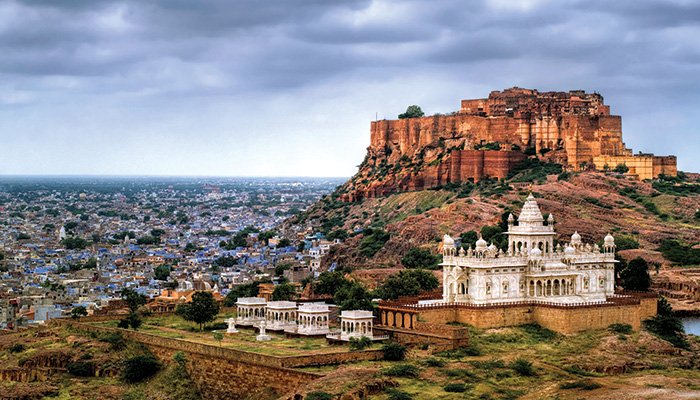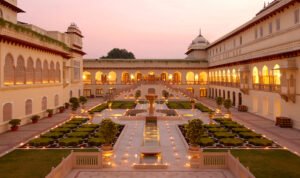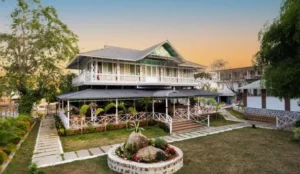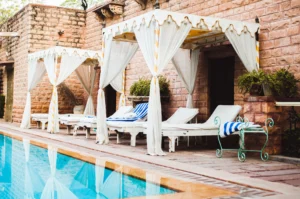Recognized as a UNESCO World Heritage Site, the Hill Forts of Rajasthan are a proud reminder of India’s majestic past, valor, and architectural genius. This prestigious group includes six massive forts that reflect the glory and strategic brilliance of the Rajput kings.
The Six Hill Forts:
Chittorgarh Fort: The largest fort in India, known for stories of heroism and sacrifice.
Kumbhalgarh Fort: Famous for having the second-longest continuous wall in the world after the Great Wall of China.
Ranthambore Fort: Once a fierce battleground, now lies within a famous tiger reserve.
Gagron Fort: A rare example of a hill and water fort, surrounded by rivers and a moat.
Amber (Amer) Fort: A stunning blend of Hindu and Mughal architecture, known for its artistic elements and beautiful courtyards.
Jaisalmer Fort: One of the few “living forts” — home to thousands of people even today, glowing in golden hues.
Why the Hill Forts are Special:
Strategic Locations: Built on hills, these forts provided natural defense mechanisms against invaders.
Architectural Diversity: Each fort reflects a unique blend of military, cultural, and religious traditions.
Historical Legends: Tales of courage, honor, and warfare are deeply embedded in the stones of these forts.
Cultural Vibrance: Temples, palaces, stepwells, and bustling markets still breathe life into some of these forts.
Interesting Facts:
Kumbhalgarh’s wall stretches over 36 kilometers!
Jaisalmer Fort is made of yellow sandstone, giving it the nickname “Sonar Quila” (Golden Fort).
Many forts still celebrate grand festivals and fairs, keeping Rajput traditions alive.
Best Time to Visit:
October to March — when Rajasthan’s desert climate is cooler and more welcoming.









